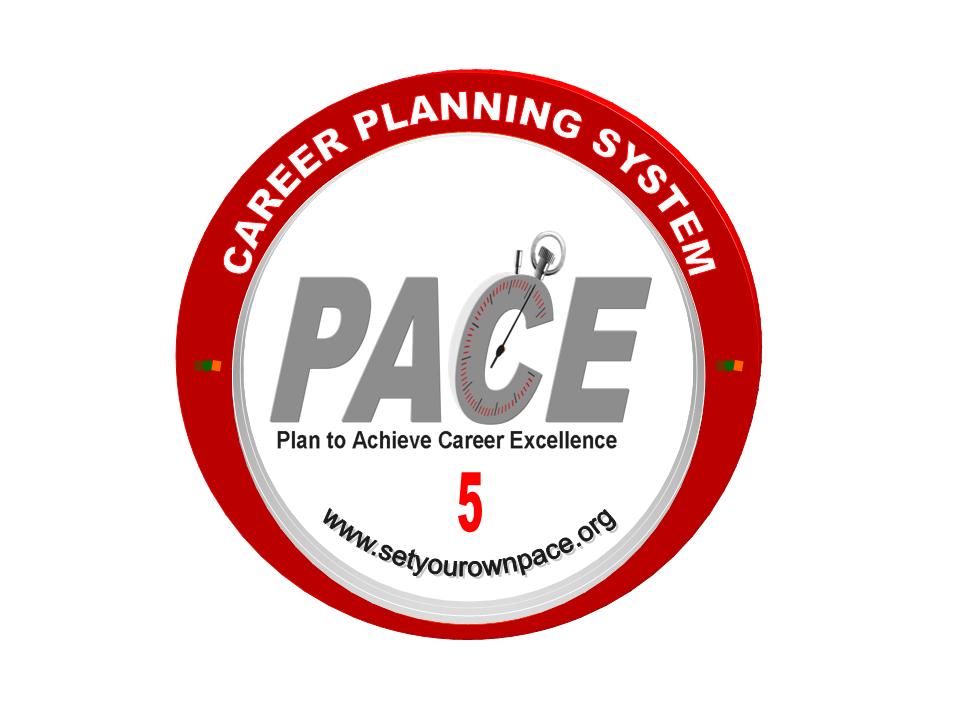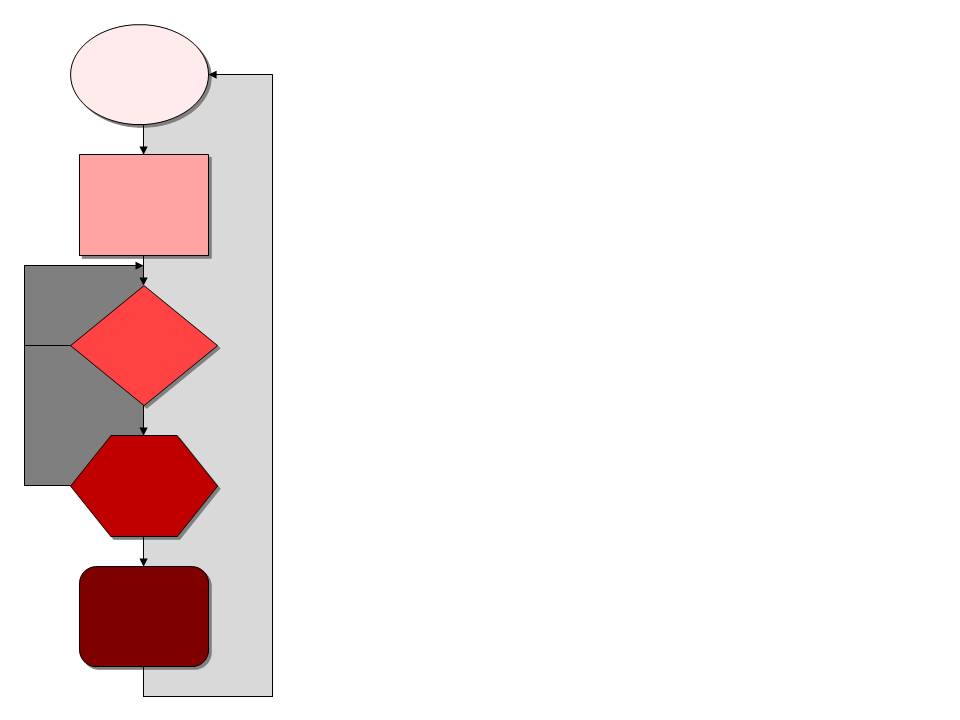
An effective job search can be depicted as a flow chart with a series of stages. Each stage should be performed in the order presented. For additional resources for each job search stage, click a link within the flowchart diagram.
and very clear as to what job you wish to apply for and which organizations
would be a good match for your skills. Focus your job search efforts to satisfy
these objectives.
BEFORE you begin contacting employers.
Develop your job search plan beginning with your wish list of places you
would like to work.
you need to evaluate if it is meeting your expectations. Is there room for growth
and advancement? If not, it's time to start back at the beginning to form a new plan.
Marketing Tools
Cover Letter
This introduction letter not only personalizes the resume
but it also allows you to emphasize, and expand on, the
relevant skills and qualifications that you possess for
the particular position or company to which you are
applying.
Unless the employer indicates otherwise, your resume
should ALWAYS have a cover letter.
For an excellent resource on resume and cover letter
templates visit:
Resume
There are three different types of resume layouts; chronological, functional and combination. Each has unique advantages depending on how you wish to market yourself to employers.
Chronological Resume
The chronological resume is the traditional style of
resume that most people are familiar with. This
resume lists your educations and employment history
from most recent. This style of resume is best if:
industry
job titles
With this type of resume under your work experience
section you want to organize your jobs in reverse
chronological order and provide point form descriptions
of the duties that you performed while employed there.
Functional Resume
This format summarizes your experience and skills while minimizing your employment history. This allows you to minimize previous job titles and is best used if:
With this type of resume it is still essential that you have all the information that you would need to produce a chronological resume.
Identify a few essential skills that relate to the type of job that you are applying for i.e. Teamwork, Communication, and Writing. These skills will go under a skills or qualifications section.
Take each duty from your work experience and apply it to one of the essential skills that you have chosen, remember it may be necessary to add the company information to the points as to verify which job you were at when completing these duties.
Combination Resume
This format is a combination of both the Chronological and Functional resumes and lets you emphasis experience, skills and work history. This resume is best used by people:
The work experience section is broken down into multiple sections and job that are similar are grouped under these sections. Examples would be Office Experience and Research Experience.
Pitch
An effective way to initiate cold calls, begin interviews and meet people who may be in a position to hire you would be to establish a great introduction to describe your employment objective, skills that fit that objective and a request to discuss your qualifications further.
For example;
“Hi, my name is ________________. I am contacting you because I am interested in working as a _____________ within your organization. I believe I would be an excellent candidate for this position as I have a degree in ____________ and the following skill sets; ________________
,_________________ and ___________________. I have also experience in this line of work in my past job as ___________________ with _______________ (company). I wonder if I could set up a meeting with you to discuss this opportunity further?”
Try to have a very professional and polished pitch that is 30 seconds long and another that is 60 seconds long which provides more information about yourself. This is also a great confidence booster because it allows you to talk about yourself very easily and "breaks the ice" if you are nervous about meeting with potential employers.
Job Search Tips
The most important part to your job search is organization.
You need to keep track of where you dropped off resumes,
who you contacted, potential leads, interview and follow-up
dates. This can be done cheaply by investing in a calendar
or notebook. If you are more high-tech, try putting the
information in your Outlook calendar or Excel sheet and link-
ing it to your PDA or cell phone. Lack of a solid plan leads
to frustration and declining motivation.
Remember to regularly check Internet job boards,
newspapers, etc.. for employment opportunities.
Additional links to help you get started on your job search.
The Interview
Two of the most important things you can do to prepare for
an interview is to:
1. Find out everything you can about the company/position
to which you are applying.
2. Practice answering the common types of interview
questions that employers ask.
A great resource to practice your interview skills can be
found at the "Quintessential Careers" website;
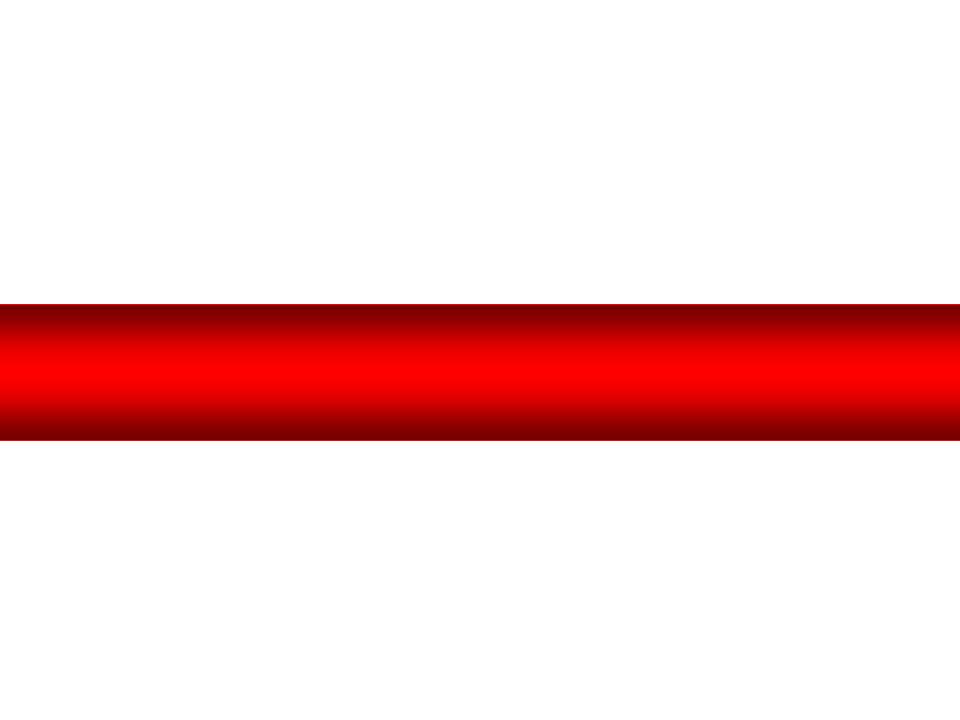




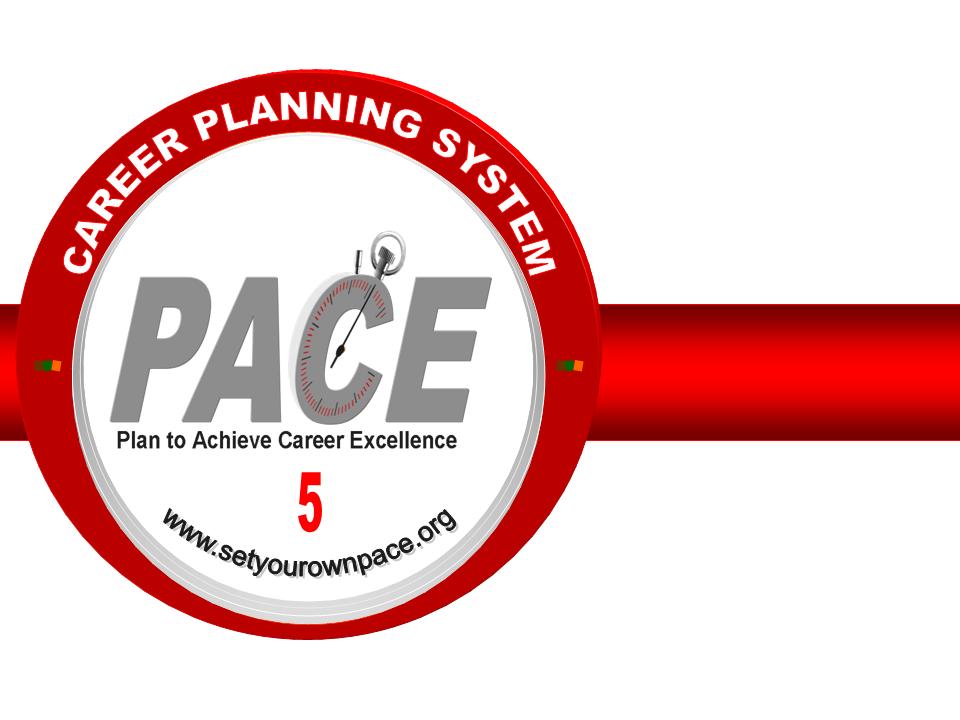
Just for fun!
Try to pick out the mistakes made by the person in the "bad" interview example in the video.
What positive things did the person do in the "good" interview?
Job Search Strategies
 | ||||
Activity
Prepare for your job search right NOW!
Download this presentation to help guide you through this fifth step of your career plan. (Requires PowerPoint, or PowerPoint Viewer).
The Work Room Career Resource Centres offer a free one hour module complete with a workbook and customized coaching to help you prepare for your job search! Visit The Work Room website for contact information.

Funded by the Government of Canada and the Province of New Brunswick through the Canada-New Brunswick Labour Market Agreements.
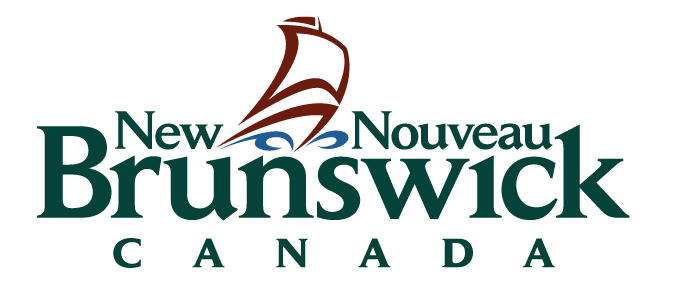
Identify
Employment
Goal
Employment
= Career Planning Cycle
= Job Search Cycle
 | ||||
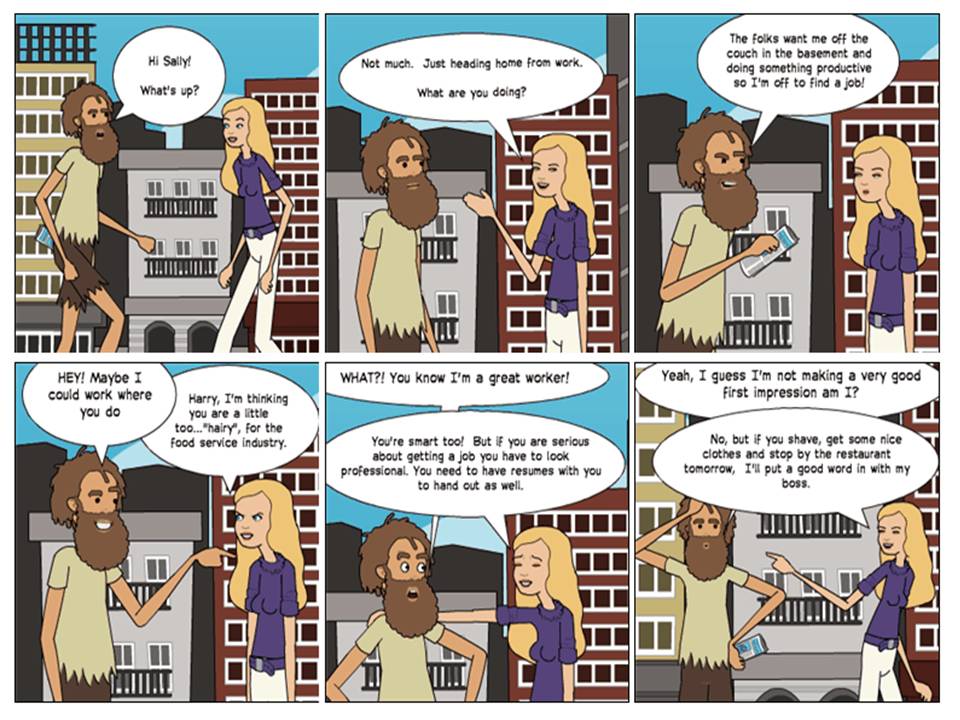
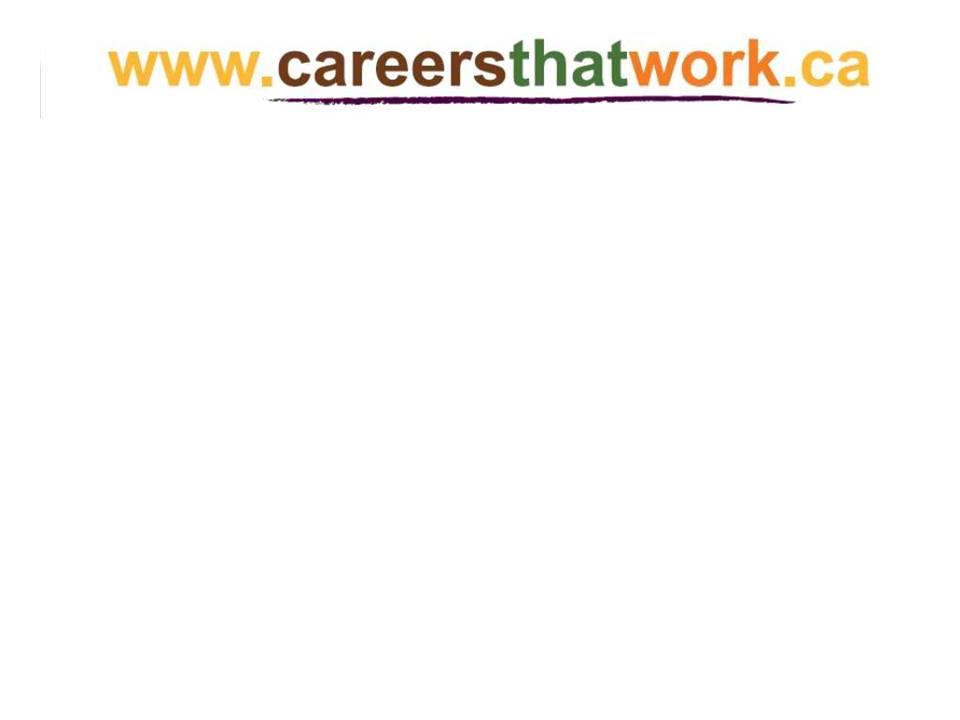
Watch a video on good and bad interview techniques.

